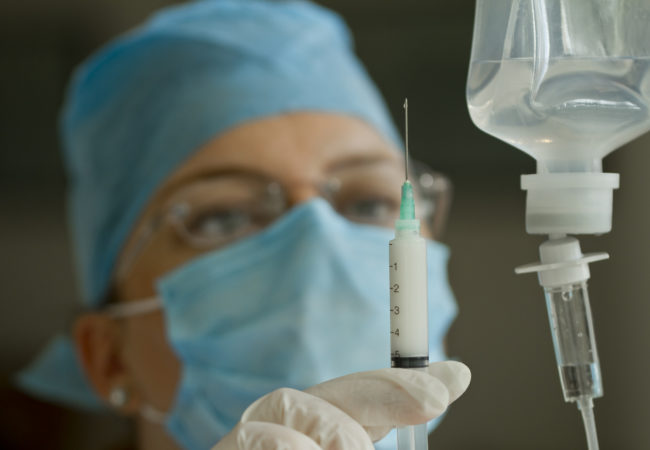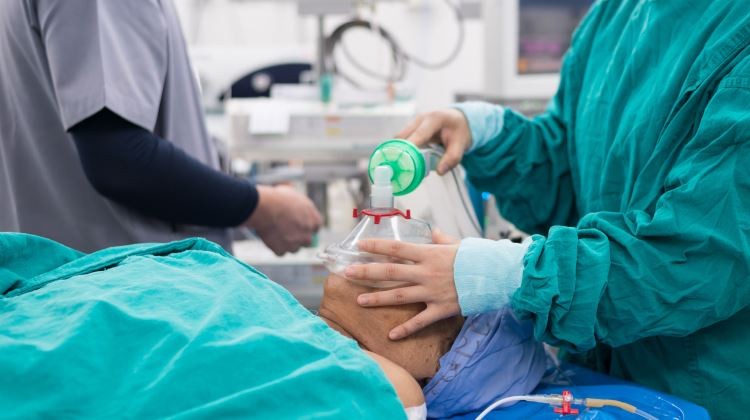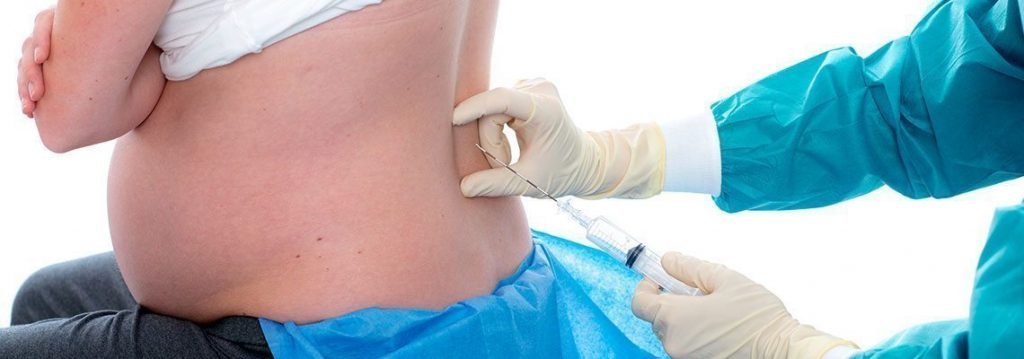Anaesthesiology
Efforts to alleviate pain preceded the development of modern medicine. Even ancient peoples sought to produce medicinal mixtures that served to alleviate pain. In contrast, modern anaesthesiology, also known as the science of anaesthesia, developed around the same time as emergency care. The need for on-site patient care on the sights of car accidents, natural disasters, and intensive treatments necessitated the development of the discipline.
What does anaesthesiology mean?
Anaesthesiology is a branch of medicine that specializes in anaesthesia. Anaesthesia is a word of Greek origin meaning “without feeling”. The main task of the anaesthesiologist is to eliminate and alleviate the pain during and after surgical procedures, as well as to control and balance the patient’s life functions. The anaesthesiologist is also an intensive care physician, so they are also experienced in the care of patients in critical conditions.
The main goal of anaesthesiology is to maintain the vital functions of a patient who is unconscious or unable to prevent external influences. Also, to ensure complete pain relief during surgery, working with the surgeon and anaesthetic assistant.
What does the anaesthesiologist deal with?

- The activities of the anaesthesiologist are varied, with priority being given to providing the most complete and safest pain relief during surgery.
- It is the responsibility of the anaesthesiologist to monitor the patient’s vital signs, to determine whether critical physiological functions (circulation, respiration, renal and liver function, and the condition of the nervous system) require special supervision, special treatment, or preparation.
- The anaesthesiologist can also determine if the patient’s body is “tolerating” anaesthesia or whether local or regional anaesthesia (such as epidural anaesthesia) should be used.
- The anaesthesiologist assesses whether anaesthesia poses more serious risks to the patient.
- They determine the need for preoperative preventive measures.
- They determine what needs to be taken care of and what treatments are needed during and after the procedure.
Once your doctor has selected the type of anaesthesia, they can set up “premedication”. This means that they determine the amount of medicine that is given orally or by injection to calm the patient before they go into the operating room.
How does an anaesthesiology clinic work?
Prior to surgery, the patient undergoes a thorough medical examination. Preliminary examination depends on the nature of the surgery and the doctor’s recommendation, but mostly includes a complete laboratory blood count, ECG scan, and chest X-ray.
The results of the condition assessment tests will be analysed by the anaesthesiologist and the patient will be questioned in detail about any conditions that may affect the success of the surgery and anaesthesia:
- the patient’s preoperative condition
- medicines taken
- past or present illnesses
- previous surgeries and their course
- drug sensitivity
- other allergies
Another consultation takes place before surgery, when the anaesthesiologist assesses whether there has been a change since the previous examination and discusses with the patient what to do before and after surgery.

What anaesthetic solutions does the anaesthesiologist use?
The methods of analgesia and anaesthesia used by anaesthesiologists differ depending on whether they cover the whole body (general or local anaesthesia) and whether or not the patient remains conscious during the procedure.

General anesthesia / narcosis
The patient loses consciousness and the ability to feel pain when given anaesthesia intravenously or through a mask.
In some cases, it is also necessary to relax the patient’s muscles, so muscle relaxants are also given. In this case, the respiratory muscles do not function either, so mechanical ventilation is required during the operation.
By the end of the surgery, the effect of the aesthetic decreases and the patient’s consciousness and breathing return automatically. In such cases, nausea, possibility of vomiting, and headaches may occur as side effects of the medications used, which, however, can be easily eliminated with analgesics and the symptoms can be relieved. Solution used for abdominal and chest surgeries.
Spinal and epidural anaesthesia
A method of anaesthesia close to the spine, in which an aesthetic is inserted into the appropriate part of the spinal canal (the epidural space) using a thin needle, so that the analgesic effect can be achieved by blocking the nerves running in the spinal cord. In this case, the patient remains conscious throughout, only the sensory nerves supplying the area to be operated on (a significant part of the body under the needle puncture) are blocked. It is commonly used in lower limb or abdominal surgeries.


Local anaesthetic methods
It is usually used when it is sufficient to suspend the function of the nerve fibres associated with the surgical site by administering anaesthetics. With the use of local anaesthetics, possible discomfort after anaesthesia, such as headache and nausea, can be avoided.
It is used in oral and dermatological procedures and is usually given to the patient as an injection by the doctor performing the surgery.
What are the risks of anaesthesia?
An anaesthesiologic consultation will be taking place to eliminate the risks. General physical and exercise tests indicate whether the patient’s body is „tolerant” of anaesthesia.
With careful use, risks can be minimized, and side effects managed. However, even with the utmost care, unintended consequences can occur. Our hospital is ready for any case:
- The most common complication of anaesthesia – especially general anaesthesia – is dry throat, a scratching sensation in the throat. We protect try to protect our patients against this with a special gargling fluid, oral fluid therapy.
- Nausea and vomiting are also expected after some surgeries. To prevent this, the patient is given an antiemetic drug before and during the surgery to avoid discomfort.
- There are also frequent tremors and chills, which we try to protect you against by warming your body during surgery, giving an infusion heated to body temperature, and using warm bedding that provides a feeling of comfort after surgery.
- Our anesthetized patients often complain about headaches and confusion. However, this is temporary and can be prevented with appropriate medications.

